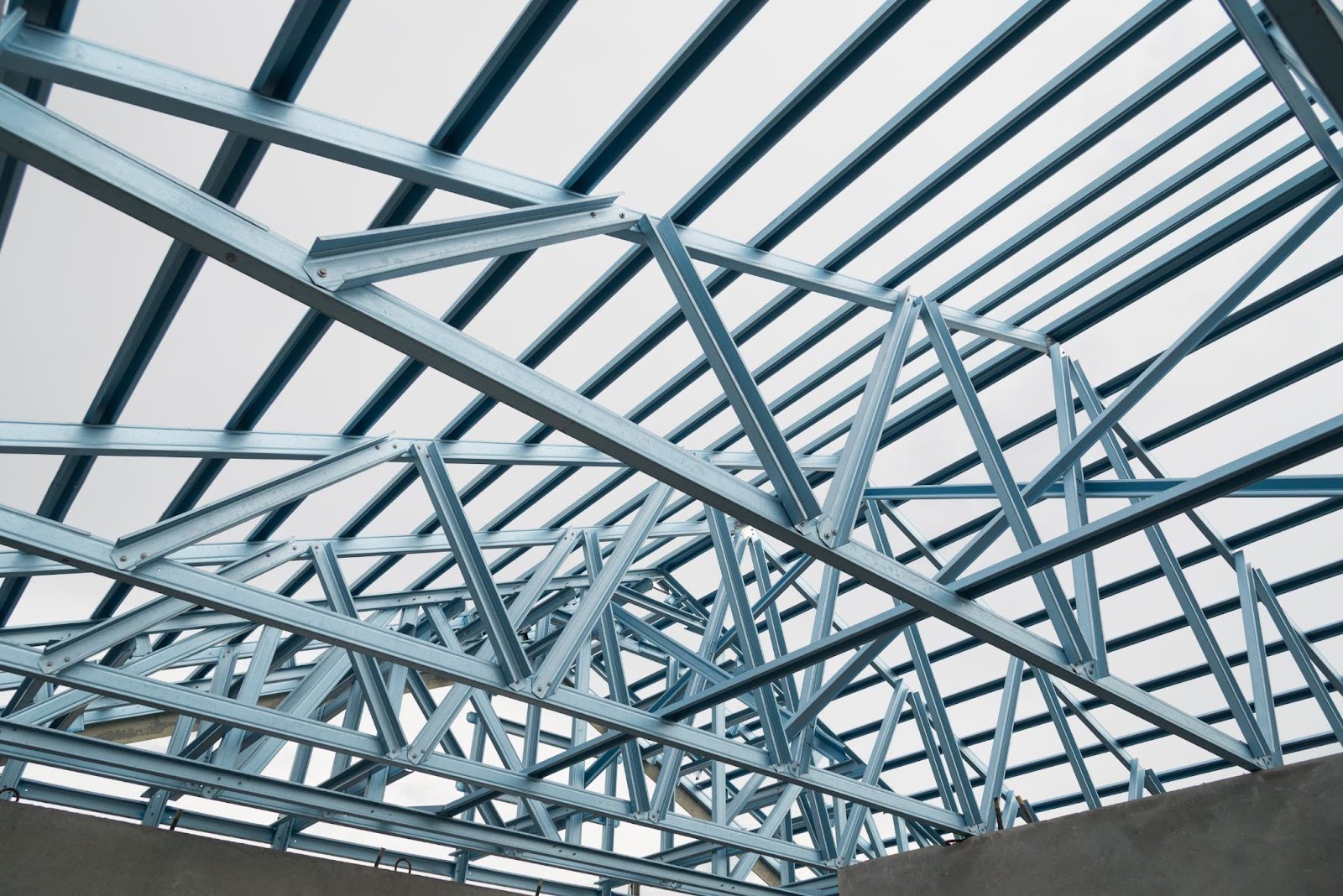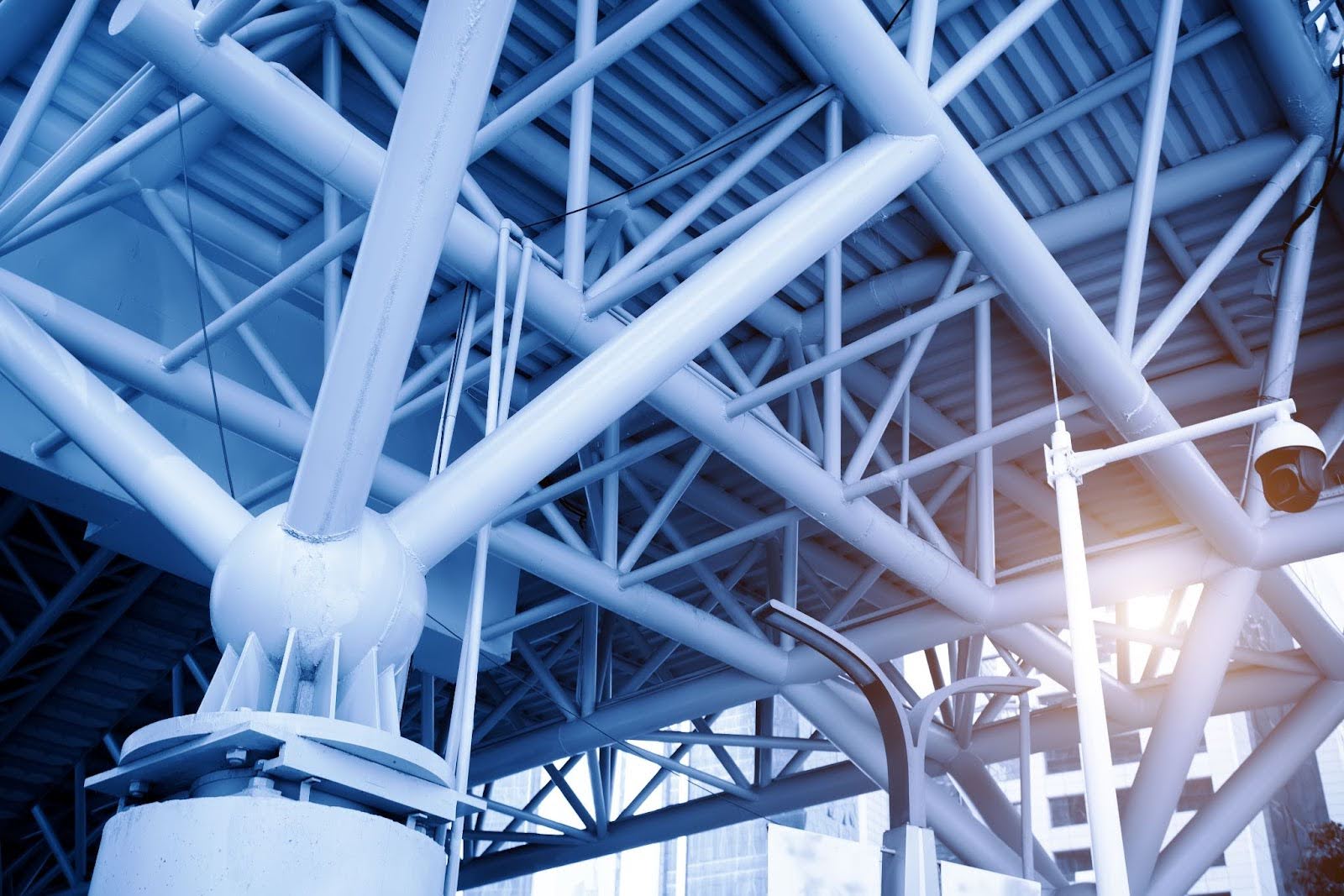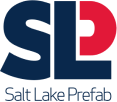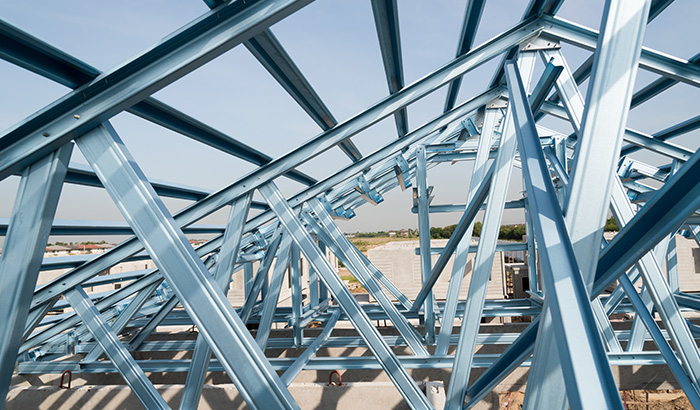We’re here to provide a closer look at one of the most innovative elements in modern construction — cold-formed steel trusses. They are revolutionizing how architects and builders approach their projects by marrying strength with flexibility in a way that traditional materials can’t match.
As we delve into the details of these advanced structural elements, you’ll discover why they’re becoming a go-to choice for many building projects. From their resilience and environmental credentials to their flexibility and cost-effectiveness, we’ll uncover the many facets of these innovative building components that are setting new standards in the construction industry.
Keep reading to learn more.
Reason 1: Durability and strength
Cold-formed steel is celebrated for its remarkable strength-to-weight ratio. Despite being lighter than many traditional building materials, it doesn’t compromise on strength. This robustness is intrinsic to the steel’s composition and its manufacturing process.
As the steel is shaped at room temperature, its grain structure is realigned, enhancing its overall strength and making it capable of supporting substantial loads. This means structures built with cold-formed steel trusses withstand stress and pressure, from heavy snow loads to dynamic wind forces, without buckling or deforming.
Comparing cold-formed steel to other materials further highlights its advantages. While popular and aesthetically pleasing, traditional wood is more susceptible to moisture, pests, and fire. Hot-rolled steel, another common choice, is strong but tends to be heavier and less flexible in design than cold-formed steel.
In contrast, cold-formed steel provides a balanced combination of lightness, strength, and adaptability. It is superior to hot-rolled steel or other materials for projects where long-term performance and resilience are crucial.
Reason 2: Longevity and resistance
The decision to use cold-formed steel trusses in construction projects is further justified by their exceptional longevity and resistance to common issues that affect other materials.
Cold-formed steel trusses have a natural resilience against corrosion, a common problem that reduces the lifespan of many building materials. Thanks to advanced galvanizing processes and protective coatings, cold-formed steel is well-equipped to resist rust and corrosion caused by exposure to moisture and environmental elements.
This protective layer ensures that the steel retains its structural integrity and appearance for years, far outlasting materials that are more prone to corrosion.
Pests, particularly termites and rodents, wreak havoc on buildings, causing safety concerns and costly repairs. Cold-formed steel trusses are impervious to these threats.
Unlike wood, which is susceptible to pest infestations, steel doesn’t provide any food or nesting material for pests, effectively eliminating the risk and ensuring that the structural components of your building remain untouched and strong.
Fire resistance is another critical factor in the longevity of building materials. Cold-formed steel inherently has a high melting point and doesn’t contribute to the spread of fire. This makes it a safer choice, particularly in areas where fire risk is a concern.
Structures built with cold-formed steel trusses are likely to withstand fire longer than those built with combustible materials, providing additional time for evacuation and potentially reducing damage to the building.
The long-term benefits of using cold-formed steel trusses are clear. With their ability to resist corrosion, pests, and fire, these trusses provide an invaluable sense of security and reliability. The material’s longevity means that buildings last longer and require less maintenance. This ultimately leads to cost savings and a reduced need for disruptive repairs and replacements.
Reason 3: Sustainability and eco-friendliness
In an era where environmental impact is a crucial consideration, cold-formed steel trusses are a sustainable and eco-friendly option in construction.
The recyclability of cold-formed steel is one of its most compelling environmental attributes. Unlike many other materials that end up in landfills at the end of their lives, you can recycle steel indefinitely without losing its properties. This means that the steel used in your trusses today could have had past lives in other structures and be used again in the future.
By choosing cold-formed steel, you’re participating in a closed-loop cycle that significantly reduces waste and the demand for new raw materials, thereby conserving natural resources and reducing the carbon footprint of your construction projects.
However, the environmental benefits of cold-formed steel go beyond recyclability. The production process is becoming increasingly efficient, with technological advancements reducing energy consumption and waste.
Because cold-formed steel trusses are lightweight and easy to transport, they require less energy to move from the factory to the building site, further reducing the overall environmental impact.
In terms of building performance, cold-formed steel trusses contribute to energy efficiency in several ways. Their precision manufacturing allows for tighter construction and better fitting of insulation materials, reducing air leaks and thermal bridging. This means buildings constructed with these trusses are better at maintaining consistent indoor temperatures. This reduces the need for heating and cooling and lowers energy consumption and costs.
Additionally, the durability and longevity of cold-formed steel trusses mean that buildings last longer and require fewer resources for maintenance and repairs over time. This longevity contributes to a more sustainably built environment, reducing the need for new construction materials and minimizing waste.

Reason 4: Lightweight and easy to install
Cold-formed steel trusses are notably lighter than traditional hot-rolled steel and other construction materials like concrete. The reduced weight has a domino effect on various aspects of the construction process.
For starters, it makes transportation from the factory to the construction site more manageable and less costly. The lighter load often means you can use standard shipping methods, and there’s less wear and tear on transportation equipment.
Once on-site, the benefits of the lightweight nature of cold-formed steel continue to shine. These trusses are easier and quicker to maneuver into place, requiring less heavy lifting equipment and fewer labor hours. Workers are able to handle and install these trusses more efficiently, leading to a faster construction process.
In many cases, the time saved on installation translates directly into financial savings, as the overall labor costs for the project are reduced. These trusses are often designed with precision interlocking parts, making the assembly process almost like fitting together a well-planned puzzle. This design consideration speeds up the installation and reduces the potential for errors, ensuring a smoother and more predictable construction schedule.
Reason 5: Versatility in design
A key advantage of cold-formed steel trusses lies in their versatility in architectural design. This flexibility opens up a plethora of possibilities for architects and builders, allowing them to push the boundaries of traditional construction and embrace innovative designs. Let’s delve into how this versatility manifests and the types of buildings that reap the benefits.
The design flexibility of cold-formed steel trusses stems from their ability to be crafted into a wide range of shapes and sizes. Unlike traditional materials that often come with limitations in terms of length and load-bearing capacity, you’re able to manipulate cold-formed steel to meet specific architectural requirements. This adaptability is particularly beneficial in projects that demand unique structural layouts or aesthetic elements.
This versatility extends to a variety of building types, each with its unique demands and design aspirations. For instance, residential buildings benefit from the ability of cold-formed steel trusses to support complex roof structures and create open, airy living spaces.
In commercial construction, these trusses allow for large, uninterrupted spans, ideal for retail spaces, showrooms, or office environments where open floor plans are desirable.
For industrial facilities, the strength and flexibility of cold-formed steel trusses are invaluable. They support heavy loads and withstand the rigors of industrial operations while accommodating the need for large, open areas in warehouses or manufacturing plants.
In educational or healthcare buildings, where safety and functionality are paramount, cold-formed steel trusses offer reliable structural support while also enabling architectural designs that contribute to the building’s purpose and aesthetic.
For public and community buildings like libraries, museums, or recreation centers, you can fully leverage the design versatility of cold-formed steel trusses to create structures that are functional and visually striking. These trusses facilitate the creation of unique, inspiring spaces that serve the community while standing as architectural landmarks.
Reason 6: Cost-effectiveness
The decision to incorporate cold-formed steel trusses into your building project brings with it significant cost-effectiveness in immediate terms and, more importantly, over the long haul.
The durability of cold-formed steel further amplifies its cost-effectiveness. Buildings constructed with these trusses are built to last, withstanding the rigors of time and the elements. This longevity means that the need for major repairs or replacements is greatly diminished, contributing to a lower total cost of ownership.
When a building remains structurally sound and aesthetically pleasing for longer, the return on investment increases, making the initial outlay for cold-formed steel trusses a wise financial decision.
When considering the initial investment in cold-formed steel trusses, it’s essential to weigh it against these long-term savings. While the upfront cost might be higher than some alternatives, the reduction in maintenance, repair, and energy expenses results in a lower total cost over the building’s life. The durability and longevity of the structure enhance its value, making it a more attractive proposition should you decide to sell in the future.

Reason 7: Adaptability to modern building techniques
Cold-formed steel trusses are a testament to structural innovation and a perfect fit for modern building practices. They adapt seamlessly to contemporary construction techniques like modular construction. This adaptability makes them an ideal choice for projects looking to leverage the latest in building technology and efficiency.
Modular construction, a method where buildings are constructed in sections off-site and then assembled on-site, has gained traction for its efficiency and speed. Cold-formed steel trusses are particularly well-suited to this approach.
The trusses are easily integrated into modules in a factory setting, ensuring that the structural elements are accurately and securely incorporated, which streamlines the on-site assembly process.
Beyond modular construction, cold-formed steel trusses are inherently flexible, fitting into a variety of modern building techniques. Their precise manufacturing allows for exact specifications and designs to be followed, ensuring that they integrate seamlessly with other building components.
Whether it’s accommodating HVAC systems, electrical wiring, or plumbing, these trusses are designed to work in harmony with these essential systems, making the overall construction process smoother and more efficient.
The adaptability of cold-formed steel trusses also extends to their compatibility with various architectural styles and structural requirements. Whether you’re working on a residential, commercial, or industrial project, you can tailor these trusses to meet specific design needs, allowing for a wide range of architectural expressions and functional applications.
As the construction industry continues to embrace technology, cold-formed steel trusses are proving to be a compatible partner. Their suitability for precision engineering means they work well with computer-aided design and manufacturing processes, ensuring a high degree of accuracy and quality in the final product.
This compatibility with technology enhances the design and construction process and ensures that the trusses are integrated with future advancements in building technology.
Reason 8: Superior performance in extreme conditions
The resilience of cold-formed steel trusses under extreme conditions is a crucial factor contributing to their growing reputation in the construction industry. Their ability to withstand severe weather, seismic events, and other challenging conditions makes them an invaluable asset for structures needing to endure the unpredictable.
In regions prone to extreme weather conditions, such as heavy snowfall, hurricanes, or high winds, the structural integrity of buildings is paramount. Cold-formed steel trusses are known for their robustness and ability to withstand substantial loads and stresses.
The precise engineering and high strength-to-weight ratio of these trusses mean they support heavy snow loads, resist the forces generated by high winds, and provide overall stability to the structure during severe weather events. Their durability ensures that even under harsh conditions, the structural framework remains intact, providing safety and security to the occupants.
Seismic performance is another area where cold-formed steel trusses excel. In earthquake-prone areas, buildings need to be flexible and strong enough to absorb and dissipate the energy released during seismic events.
Cold-formed steel, with its inherent ductility and flexibility, is well-suited to these requirements. The material bends and flexes without breaking, allowing the structure to sway and reduce the forces transmitted through the building during an earthquake. This ability to withstand seismic stresses protects the integrity of the building and enhances the safety of those inside.
Look to the future with Salt Lake Prefab
Salt Lake Prefab offers top-quality cold-formed steel trusses to fit almost any building project. With a commitment to excellence, our precision-engineered trusses are designed to meet the specific needs of your project, ensuring durability, efficiency, and performance.
The team at Salt Lake Prefab understands the complexities of modern construction and is dedicated to providing solutions that are structurally sound and environmentally responsible. Our expertise in cold-formed steel trusses ensures that you’ll receive a product that meets the highest standards and is tailored to the unique demands of your construction project. Contact Salt Lake Prefab online or call 385-557-6800 for more information.

